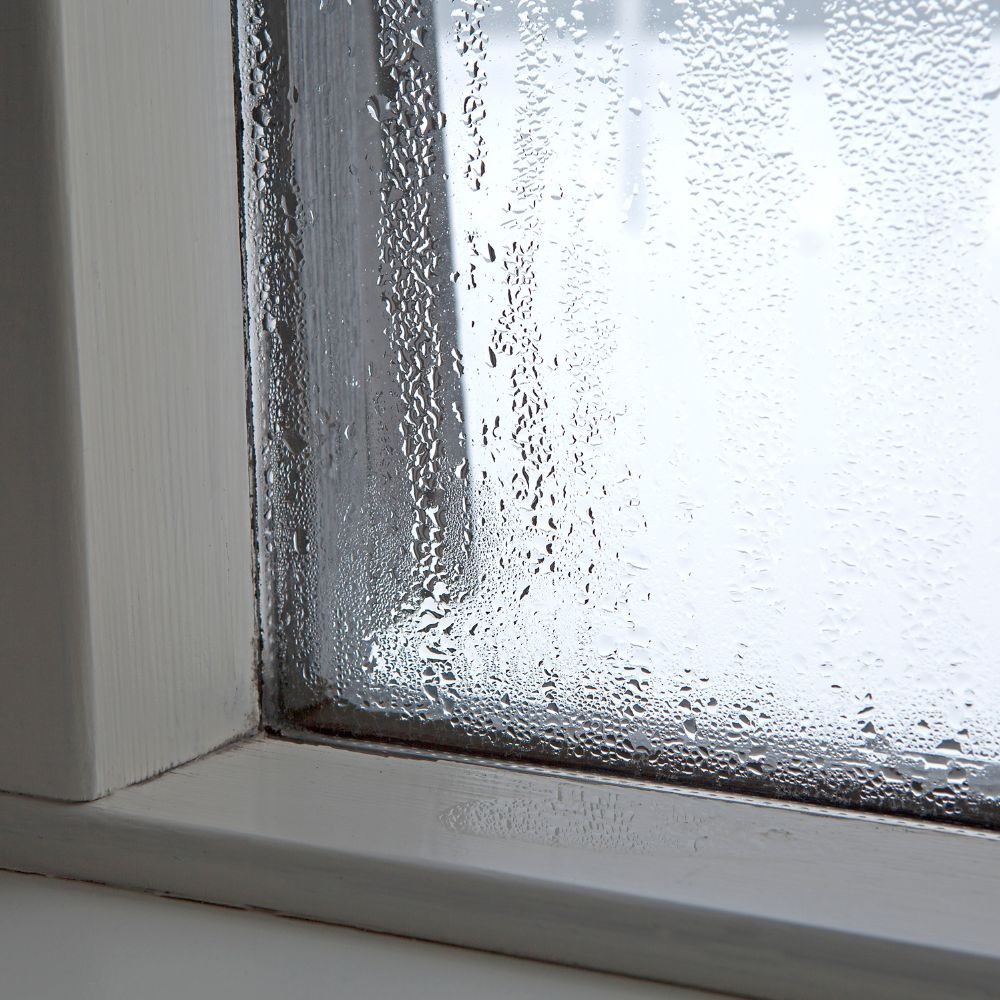If your home feels damp, sticky, or just uncomfortable, high humidity might be to blame. Too much indoor moisture does more than affect comfort — it can encourage mold growth, damage wood surfaces, and attract pests. The good news is, you don’t need a major renovation or expensive equipment to lower humidity. Here are six simple ways to reduce moisture in your home and protect your space.
1. Identify the Source of Moisture
Before you can fix humidity problems, it’s important to understand where the moisture is coming from. Everyday activities like cooking, showering, and even breathing contribute to indoor humidity. Leaky pipes, wet crawl spaces, and poor drainage outside can also add moisture you may not see right away. Take time to inspect your home for signs like condensation on windows, musty smells, or damp areas.
2. Use Exhaust Fans
Your kitchen and bathroom fans are your first defense against indoor moisture. Make it a habit to turn them on whenever you cook or shower, and let them run for a 30 minutes afterward to help clear the humid air. If your fans are outdated or noisy, replacing them with modern, quiet models can make them easier to use daily.
3. Improve Airflow
Good airflow helps prevent humid air from settling in corners or closed-off rooms. Use ceiling fans or portable fans to keep the air moving, and open windows when outdoor conditions allow. Cross-ventilation — opening windows on opposite sides of your home — is especially effective at replacing stale, damp air with fresh air.
4. Try a Dehumidifier
If humidity is an ongoing issue, consider using a dehumidifier. Portable units are great for basements, laundry rooms, or other problem areas, while whole-house systems work through your HVAC system for larger spaces. Aim to keep indoor humidity between 30% and 50% for best results.
5. Fix Leaks and Drainage Problems
Humidity can be a sign of hidden water problems. Check under sinks, around windows, and near appliances for leaks. Outside, make sure gutters are clean and directing water away from your foundation. If water pools around your home, improving grading or extending downspouts can help keep moisture out.
6. Let Your HVAC System Help
Your air conditioner helps reduce humidity as it cools your home — but only if it’s working efficiently. A unit that’s too large, too small, or poorly maintained might not remove moisture effectively. Regular filter changes, annual maintenance, and having the right-sized system can make a big difference in controlling humidity.
FAQs: Reducing Humidity at Home
Q. What’s the ideal indoor humidity level?
A. Between 30% and 50%. Levels above 50% can encourage mold and dust mites, while levels below 30% may dry out your skin and airways.
Q. Why is my home humid even with the AC on?
A. Your AC might not be removing enough moisture. This can happen if it’s oversized, the coils are dirty, or the system short cycles and doesn’t run long enough to dehumidify properly.
Q. Is high humidity dangerous?
A. Yes. High humidity can lead to mold growth, which can affect your health, and it can damage wood floors, walls, and furniture over time.
Q. Do dehumidifiers use a lot of electricity?
A. Most modern portable dehumidifiers are energy efficient, especially if they’re ENERGY STAR® certified. Whole-house systems use more power but also manage larger spaces, so their energy use balances out.
Q. Can houseplants raise humidity?
A. Yes. A large number of houseplants, especially when watered often, can contribute to higher indoor humidity through a process called transpiration.
Final Thoughts
Keeping humidity under control is key to protecting your home and creating a healthier, more comfortable space. With these simple tips, you can stay ahead of moisture problems and avoid unnecessary repairs down the road.
If you’re concerned about hidden moisture or potential damage, Bobcat Home Inspector is here to help. We provide detailed inspections that can identify problem areas before they become costly. Contact us today!

